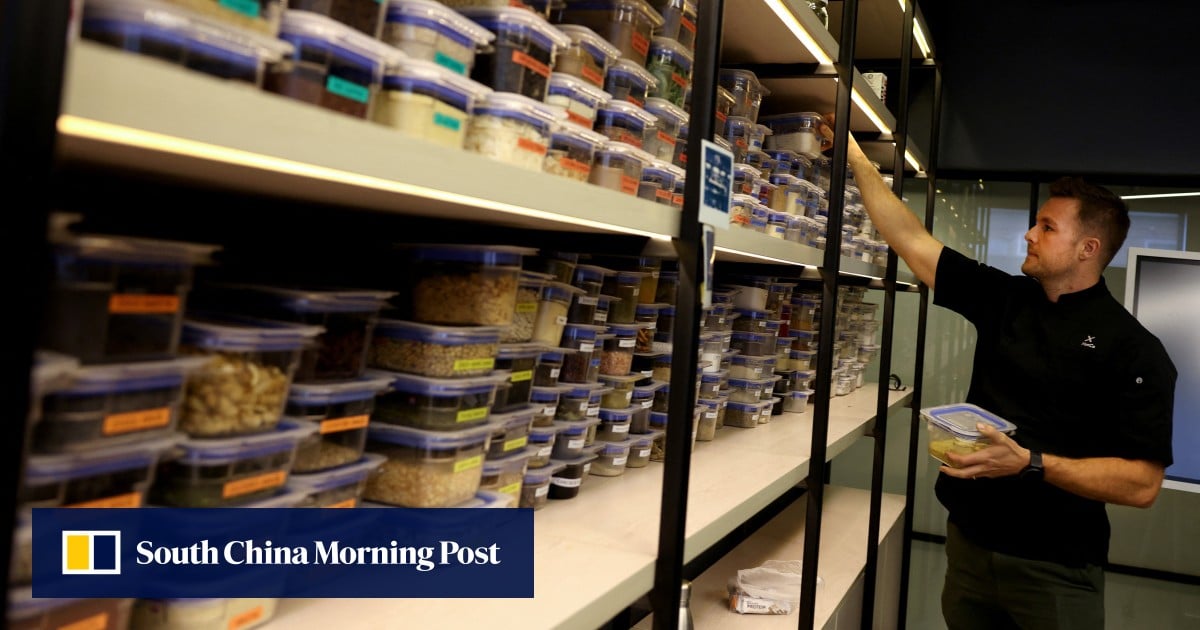“We have been working on this for several years. We always ask ourselves ‘why not,’ that is why we ended up working to help endangered species, as is the case with turtle soup,” he said.
NotCo’s AI analysed 300,000 plants and made 260 quintillion (260 billion billion) combinations until it found a mix of five proteins that most closely resembled turtle meat.
For now, neither the plant-based turtle meat nor the soup are for sale, but the company plans on holding a virtual class to teach people how to prepare the soup.
Vietnamese chefs are updating pho, without taking soup makeover too far
Vietnamese chefs are updating pho, without taking soup makeover too far
With a presence in 12 countries, NotCo creates foods such as hamburgers, milk, mayonnaise or ice cream from plants that simulate the taste and texture of traditional animal-based ingredients, using an AI programme to help it decide what to use. The company has said it plans to go public in 2025.
Green turtles – traditionally used in turtle soup and mostly from the Caribbean – are on the International Union for Conservation of Nature red list of endangered species, with their numbers affected by pollution, extreme weather and fishing. The exploitation of these turtles is prohibited in most countries in the world.
However, turtle soup remains in high demand in countries throughout Asia and Latin America, including China, Mexico, Peru and Malaysia.
Today, most Europeans and Americans would perhaps find turtle soup exotic and objectionable. But 300 years ago this was not the case
The esoteric soup was once a marker of sophistication in 18th century Britain, where it was a favourite among the English aristocracy.
In its earliest incarnation, however, it was food for the working class – fed to enslaved labourers on the Caribbean islands during the 17th century.
When European sailors learned that green turtles were edible, they kept them on board to provide them with ample fresh meat through long voyages.
Eventually, the soup was adopted by the West Indian slaveholding elite who brought the dish back to Europe.
“Today, most Europeans and Americans would perhaps find turtle soup exotic and objectionable. But 300 years ago this was not the case,” writes scholar Ching May-bo, who penned a 2016 journal article titled The Flow of Turtle Soup from the Caribbean via Europe to Canton, and Its Modern American Fate.
“Europeans, and the English especially, were keen on turtle soup; and the Chinese found this English dish to be tolerably edible.”

For those who could not afford fresh green turtle, mock turtle soup, made with calf’s head, became a common substitute and began to appear in cookbooks as a more economical alternative.
By the 1860s, green turtle was made available in canned form in the US state of Texas. “By the turn of the 20th century, one did not have to go to a mansion … or London tavern to enjoy a bowl of turtle soup. It could easily be home-made with canned products at an affordable price,” writes Ching.
And now, nearly two centuries on, a new mock turtle soup is born.
Additional reporting by Staff Reporter







